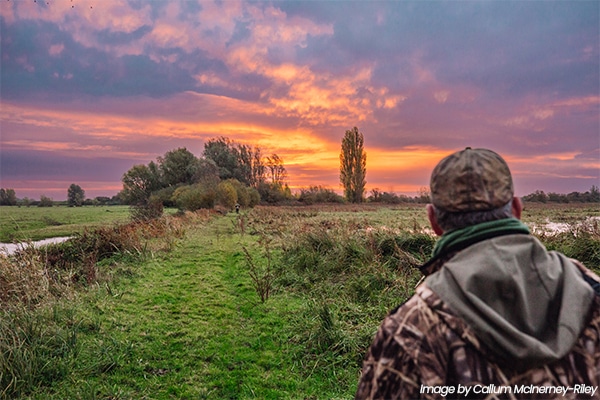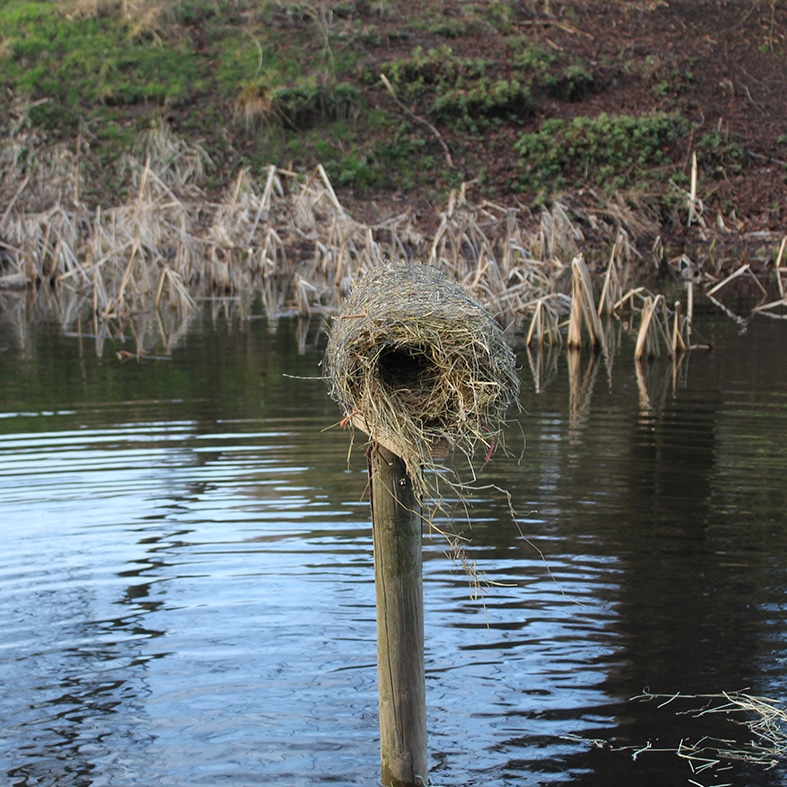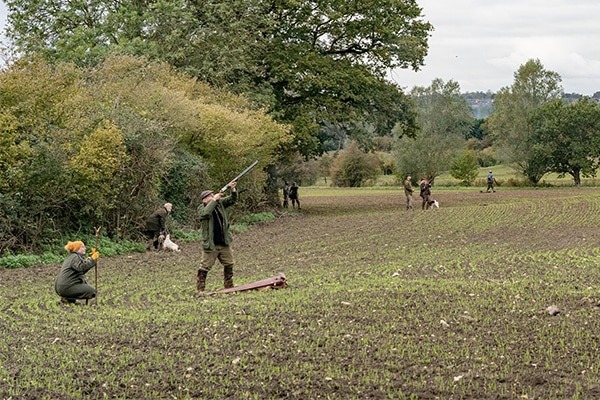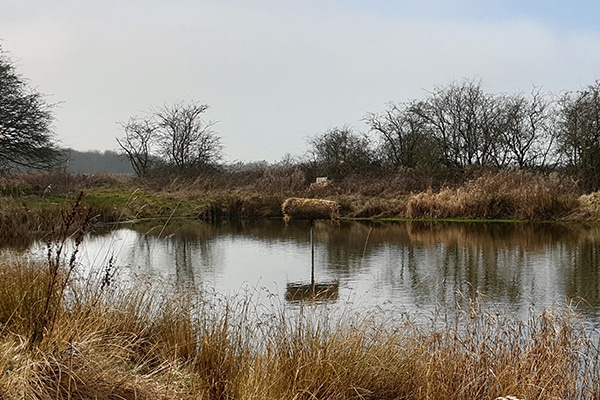
Where do I start?
To be successful when it comes to wildfowling a certain level of skill and knowledge is essential, including understanding the habitat.
Get information on the legal shooting season for mammals and birds in the UK.
Learn about our current conservation projects and how you can get involved.
Comprehensive information and advice from our specialist firearms team.
Everything you need to know about shotgun, rifle and airgun ammunition.
Find our up-to-date information, advice and links to government resources.
Everything you need to know on firearms law and licensing.
All the latest news and advice on general licences and how they affect you.


Wildfowling Wildfowling advice Duck nest tubes monitoring
The Waterfowlers’ Network have published an online form for recording data for any artificial duck nest structure installed on your land. Please click the link below to record your findings.
Through a citizen science project the Waterfowlers’ Network (of which BASC is a member) are monitoring the breeding success and usage of artificial duck nest structures such as duck nest tubes and nest boxes. The Waterfowler’s Network are calling on members and the wider shooting community to make, erect and record usage of artificial duck nests, in the hope we can improve breeding success across the species’ flyway.
Mallard nests are often destroyed before the eggs have chance to hatch, through predation, trampling from livestock or disturbance from dog walkers. Artificial nests offer security and protection from the elements and, when used properly, have been shown to boost fledgling success in other countries.
1. Make and erect a mallard nest tube on either the land you own or shoot over
Anyone can make and erect nest tubes to help improve the population of wild mallard in their area. It may take several years before the tubes are used, but don’t be disheartened – once they are occupied, the ducks and their offspring will likely return to nest year after year.
2. Record as much of the following information as you can:
Once you have recorded all, or as much of the above information as you can, use the Waterfowlers’ Network online form to register your findings.
Please contact BASC if you need any help or advice with this project.

To be successful when it comes to wildfowling a certain level of skill and knowledge is essential, including understanding the habitat.

Read about shooting agreements, permissions and consents, including links to download template documents.

If this code is followed, flight ponds will provide excellent shooting with benefits to conservation which can be enjoyed by a wider public.
Sign up to our weekly newsletter and get all the latest updates straight to your inbox.
© 2023 British Association for Shooting and Conservation. Registered Office: Marford Mill, Rossett, Wrexham, LL12 0HL – Registered Society No: 28488R. BASC is a trading name of the British Association for Shooting and Conservation Limited which is authorised and regulated by the Financial Conduct Authority (FCA) under firm reference number 311937.
If you have any questions or complaints about your BASC membership insurance cover, please email us. More information about resolving complaints can be found on the FCA website or on the EU ODR platform.
This website uses cookies so that we can provide you with the best user experience possible. Cookie information is stored in your browser and performs functions such as recognising you when you return to our website and helping our team to understand which sections of the website you find most interesting and useful.
Strictly Necessary Cookie should be enabled at all times so that we can save your preferences for cookie settings.
If you disable this cookie, we will not be able to save your preferences. This means that every time you visit this website you will need to enable or disable cookies again.
This website uses Google Analytics to collect anonymous information such as the number of visitors to the site, and the most popular pages.
Keeping this cookie enabled helps us to improve our website.
Please enable Strictly Necessary Cookies first so that we can save your preferences!
More information about our Cookie Policy